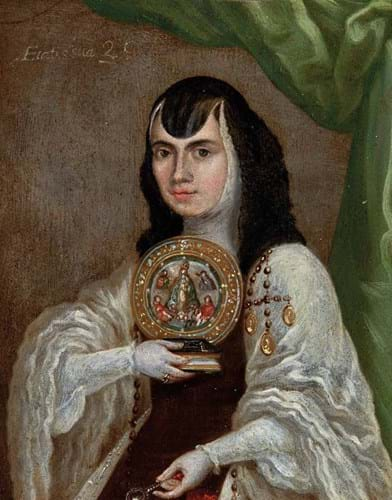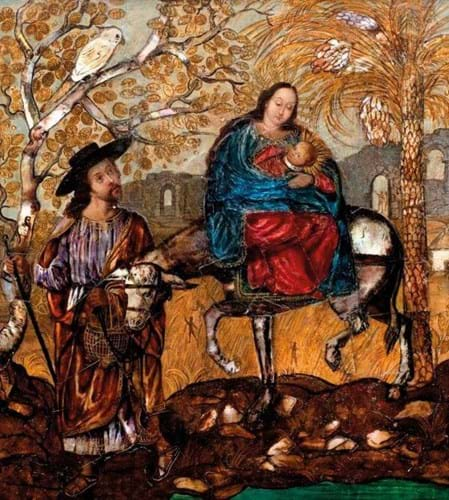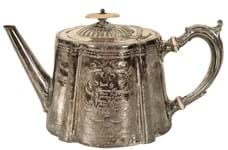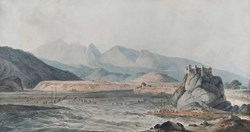
Art is a window into the lives and cultures of the people who make it. This is especially true of viceregal art produced during Spain’s colonisation of Latin America from the early 16th century onwards.
The Spanish initially settled with the intention of homogenising natives through language and evangelisation.
Using art as a powerful tool to achieve this, the Catholic church began by importing sculptures and paintings from Spain, but from the mid-16th century onward set up guilds and workshops to train a local base of indigenous artisans.
The cultural mix that emerged from this set-up is explored in Discovering Viceregal Latin American Treasures, an exhibition at the London gallery of Colnaghi assembled in collaboration with viceregal art specialist Jaime Eguiguren.
Billed as the first commercial exhibition of this scale to be staged, it brings together more than 100 paintings, sculptures, textiles, and objects.
For Colnaghi’s joint CEO, Jorge Coll, the time is ripe.
“The viceregal focus responds to the growing market interest in the unique and rare works from this era, following a major recent museum exhibition and notable sales achieved in the past year,” he says.
Eguiguren concurs, noting that New World art has been “somewhat side-lined over the centuries” but is attracting an increasing amount of interest from collectors and museums.
American institutions in particular have focused on this field in the last two decades including The Metropolitan Museum of Art, which held a 2017 show dedicated to Cristóbal de Villalpando, a 17th century Mexican painter of Spanish descent.
The Museo del Prado in Madrid is also showing signs that it will open a room exclusively for viceregal displays.
London and New York
The show at Colnaghi was launched during London Art Week and continues until September 10. Some of the pieces can also be seen at the gallery’s space in New York and is also available to view via the firm’s website.
Several works have already sold, including an array of 17th century Columbian chests in the Barniz de Pasto technique to a private US collector, four Lake Titicaca Workshop oil and gold on copper works to a US private foundation, and a late 18th century oil of Our Lady of Guadalupe, the Patroness of Mexico, to a private US collector.

Portrait of Sor Juana Inés de la Cruz, 1673 by an unknown artist in New Spain (Mexico), 4½ x 3½in (11.5 x 9cm) oil on copper – one of the works at Colnaghi.
One of the stars still available to buy is a small oil on copper portrait of Sor Juana Inés de la Cruz, a nun and acclaimed writer of the Latin American colonial period.
Previously unpublished and the only known preserved work painted during her lifetime, it depicts Sor Juana at the age of 25 painted by an anonymous artist in a dark headdress and holding an icon of Virgin Mary.
There are also two previously unpublished panels from a selection of works in the enconchado painting, a hybrid artistic technique that combines oil and tempera painting with mother-of-pearl inlay work.
Depicting the biblical scenes of the Nativity (above, top) and the Flight into Egypt, these works originate from Mexico in the last quarter of the 17th century.

'Flight into Egypt', oil and mother-of-pearl on wooden panel, Mexico, last quarter of the 17th century, 12¾ x 14in (32 x 36cm) – one of the works at Colnaghi..
Other highlights include works from the Quito School of Art, considered one of the most influential such schools set up by the Spanish in Latin America. A mid-18th century sculpture of the archangel Michael defeating the Devil is among the stand-out pieces.
Pre-Columbian pieces
Also displayed are pre-Columbian pieces created prior to the arrival of the Spanish, which offer context and a precedent to the viceregal works, and a selection of Modern and Contemporary Latin American works.
Among the highlights here is a well-preserved Protoclassic Period (100BC-250AD) ceramic wrestler from the western Mexico state of Jalisco and Les Deux Voyantes (1945), a major painting by Spanish Surrealist Oscar Dominguez (1906-57).














